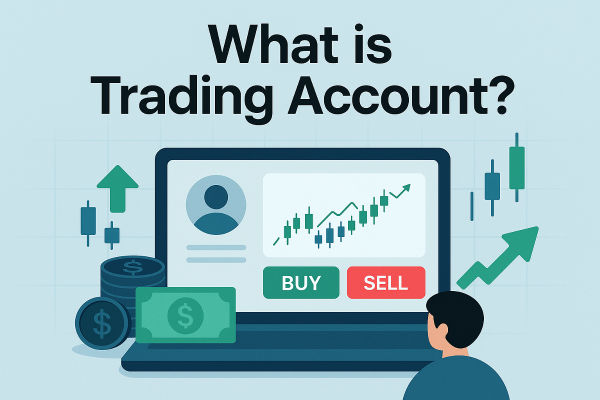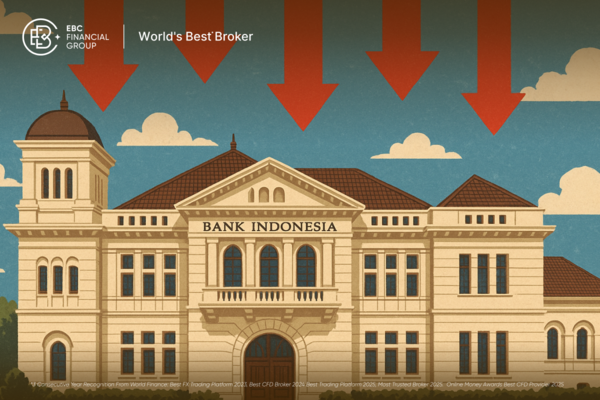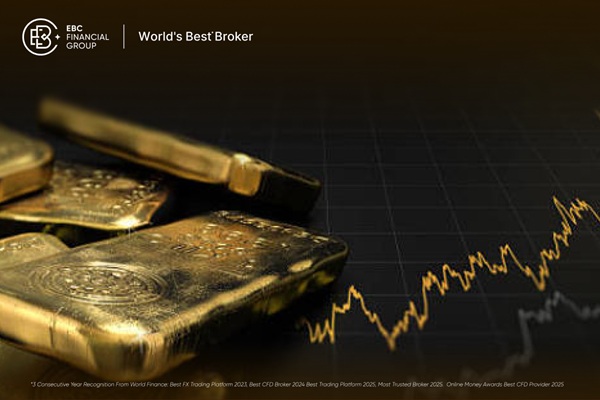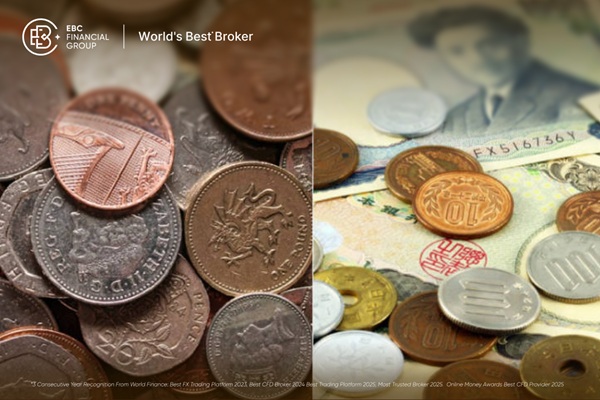Forex futures are a financial derivative that is based on a specific contract of forex. Its price is influenced by two or more economic factors, and the price of a currency may sometimes rise or fall in ways such as cryptocurrency , the US dollar, or the euro. Forex futures trading is conducted in the futures market, which can be participated in through futures exchanges or financial institutions. It allows institutional and individual participants to buy and sell forex currencies in the form of futures, or use them as collateral for futures trading to allocate positions.
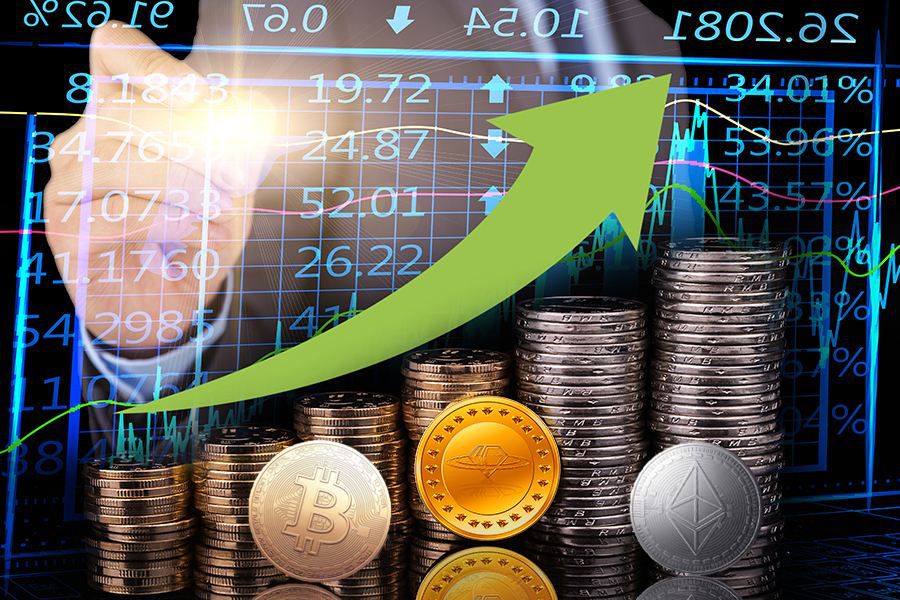
Benefits and Profits of Forex Futures.
Forex futures can well meet the needs of financial market participants, including commercial banks, investment banks, insurance companies, hedge funds, and other financial institutions. They can be used to protect other investment portfolios from losses caused by exchange rate fluctuations, generate strong price returns, and reduce risks. In addition, forex futures can help participants grasp trends at lower prices and deliver futures contracts to obtain more sustainable cash flows.
The profit of forex futures depends on the exchange rate changes between the buyer and seller. If the exchange rate drops, the buyer can purchase the futures at a lower price, while the seller can obtain a better exchange rate through futures trading. At the same time, forex futures can also allow participants to grasp trends, grasp short-term forex trends, and utilize exchange rate and price fluctuations to gain profits.
Forex futures can be divided into the following types:
1. Standardized forward forex futures: Refers to contracts that trade forex at predetermined prices at a certain future point in time. Standardized forward forex futures are usually conducted between financial institutions or large companies.
2. Forex futures options: Refers to the right of investors to buy or sell forex at a predetermined price at a specific point in the future. Forex futures options are mainly used for risk management and hedging strategies.
3. Personal forex margin trading: Refers to forex transactions conducted through personal accounts, usually using leveraged trading methods. Personal forex margin trading can be divided into different types, such as forward forex, option forex, and contract for difference.
It should be noted that the types of forex futures may vary depending on countries and regions. Investors should understand local regulations and market conditions, and conduct risk assessment and management.
【 EBC Platform Risk Reminder and Disclaimer 】: There are risks in the market, and investment needs to be cautious. This article does not constitute investment advice.










